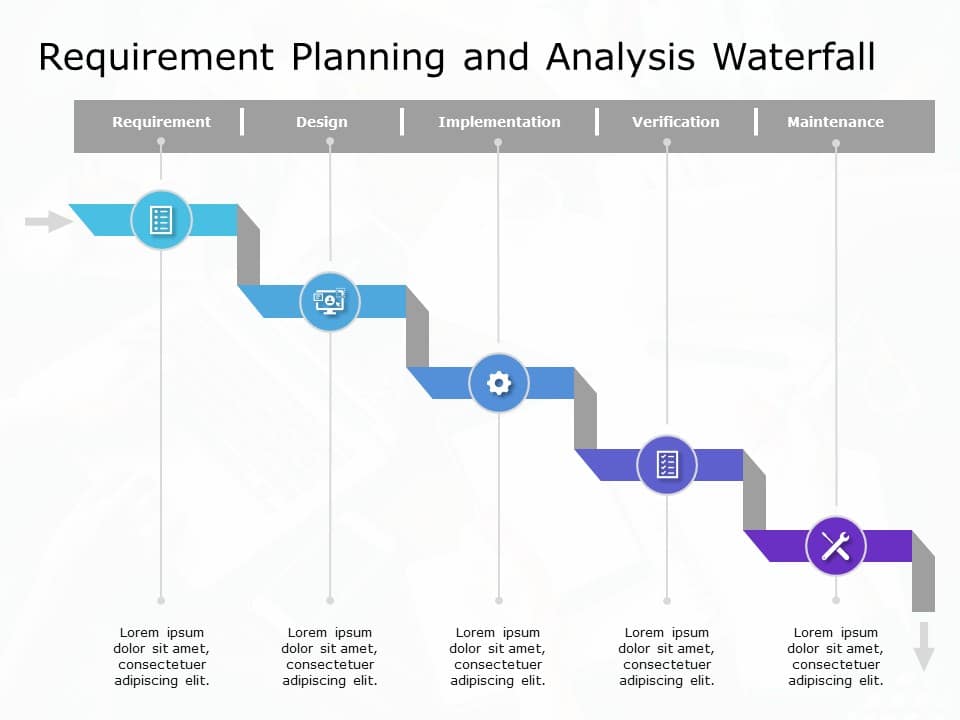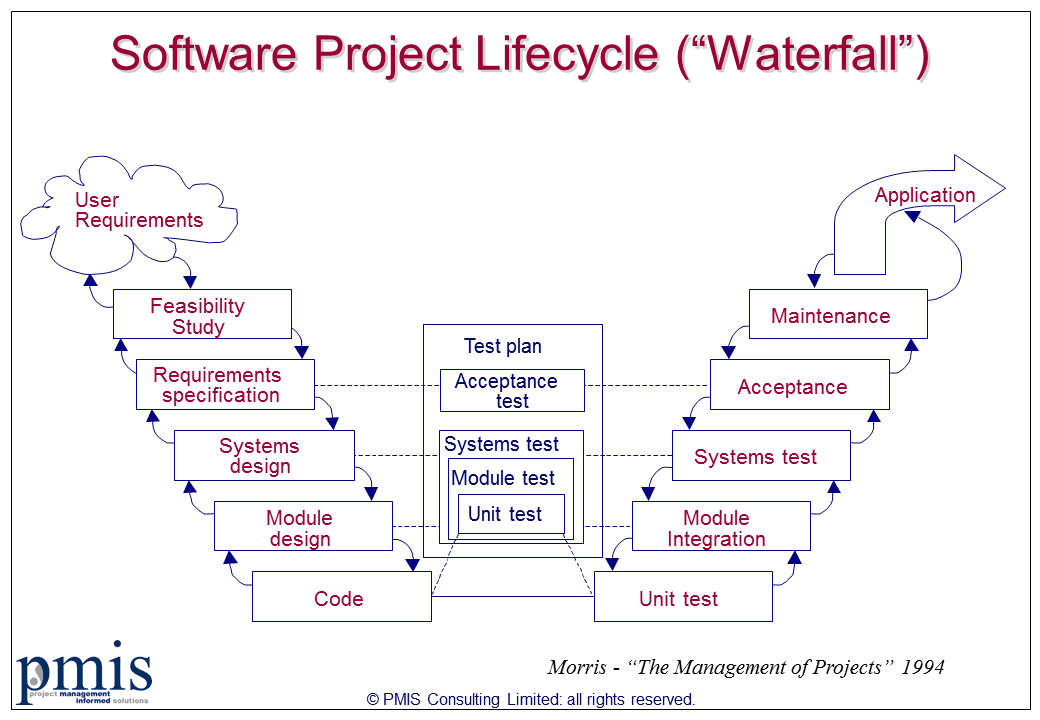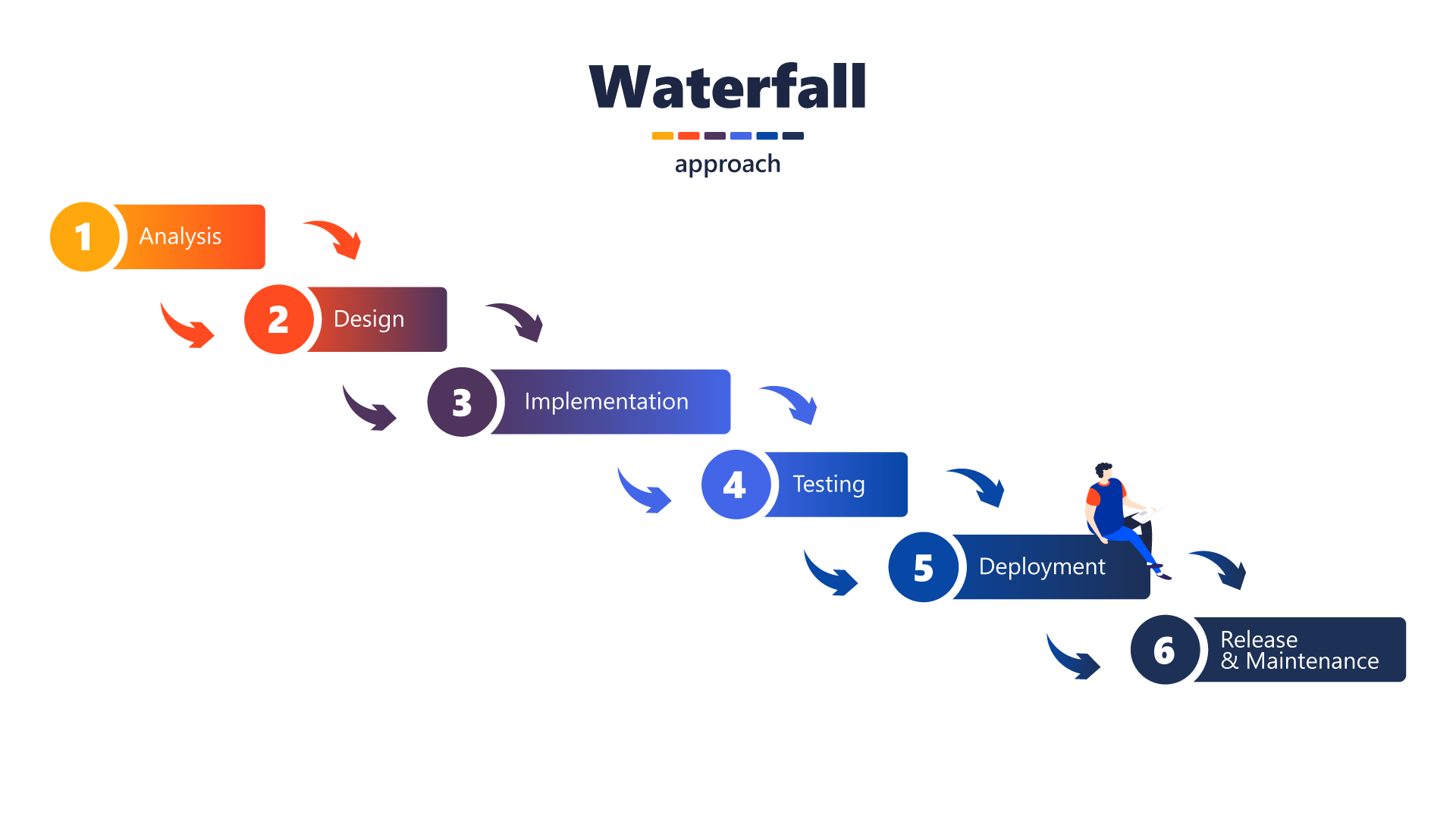

- #Resources support for waterfall project management how to#
- #Resources support for waterfall project management full#
- #Resources support for waterfall project management software#

The new product or feature is fully tested to make sure it meets the specified requirements. Units are integrated and then the entire product moves to the testing phase. The system is commonly built and tested in small units. Source code is developed based on the requirements. These requirements are defined in a design specification document. The design phase details any requirements - such as architectural, interface, data, process, and physical requirements - needed to implement the project. A feasibility analysis determines the overall viability of the project. Any project constraints - such as time, budget, and dependencies - and assumptions are identified and a release plan is created. The table below lists the phases in sequential order and provides an overview of what must be accomplished.Ĭustomer requirements are captured in a roadmap and product requirements document. Each phase is distinct and must be completed in order for the next one to begin. Let’s take a closer look at how a waterfall model works. But, as you will learn in this guide, there are a number of situations when a true waterfall model can still be effective. Some organizations combine the planning structure of waterfall - such as fixed deadlines and cost forecasting - with lighter documentation and iterative feedback cycles so they can respond faster to changing requirements. Hybrid agile-waterfall methods also provide a way to include some flexibility into traditional workflows. Today, many companies use an agile approach for managing software-based products. The goal was that companies would be able to deliver new products and functionality to market faster, delighting customers and achieving a competitive advantage. Agile proposed a more flexible way to incorporate feedback once work was underway.

Then, in the early 2000s, agile methodologies emerged. Waterfall established itself as the predominant product development methodology for the next twenty years. They concluded that starting with a clearly defined set of requirements and following a top-down “waterfall” approach to implement them was an effective method to achieve a successful outcome.
#Resources support for waterfall project management software#
Thayer reinforced this approach in a paper called “ Software requirements: Are they really a problem?” The authors studied the challenges associated with incorrect, ambiguous, inconsistent, or missing requirements. Royce defined a logical progression of steps to help teams achieve “an operational state, on-time, and within costs.”
#Resources support for waterfall project management how to#
Royce in 1970 in a paper on how to implement large software systems. The waterfall approach was first introduced by Dr. The finished product or feature is delivered in its complete form.

Activities are managed in a linear way to ensure that the requirements are met.
#Resources support for waterfall project management full#
In these industries, establishing the full scope before beginning work is often important because change is costly and difficult to accommodate in the development or manufacturing process. The waterfall model is often used when managing the production and delivery of hardware products, such as in manufacturing and construction. Each phase has specific activities that must be documented and approved before the next phase can begin. The requirements for any new customer experience are defined upfront and implemented in discrete phases. Waterfall refers to a sequential model for planning, building, and delivering new products and features.


 0 kommentar(er)
0 kommentar(er)
